Sketches by Boz is a collection of 56 sketches and short stories Dickens published in various magazines 1833-1836. Set in and around London – streets, theatres, second-hand-clothing shops, pawnshops, public dining-halls, fairgrounds, drawing-rooms – Sketches is a portrait not only of a vibrant city, but of the writer himself. This series of sketches, and the attempts at stories in the final section, is an entertaining collection to dip in and out of. Each sketch offers for a vivid portrait – of a neighbourhood, a character-type, a profession – painted with humour and humanity.
To contemporary readers, Sketches of Boz is of interest primarily as a starting-point in tracing the journey of one of history’s most popular writers. Embarking on his career, Dickens is already prodigiously gifted with the powers that will distinguish him in maturity: observing and describing people and places; alchemising language – via masses of detail and astonishing verbal inventiveness – into something almost palpable; and a humorous, high-spirited, headlong interest in everything.
Joyce reputedly boasted that if Dublin were razed, it could be recreated from his descriptions in of it in his postmodern epic Ulysses. I’ve not read Ulysses – but Dickens could’ve made the same claim regarding London and Sketches. Every Dickens novel features a wide sample of the physical and social landscape of contemporary England. In Sketches, void of individuated characters and of plot, London emerges into the foreground as the only recurrent character. Dickens develops the city’s neighbourhoods, times-of-day, and inhabitants into the portrait of a vibrant city. It is a portrait monumentally detailed and full-coloured.
We see a city grappling with rapid social and technological change. Newly introduced privately operated horsedrawn omnibuses compete fiercely for passengers, remorselessly ‘kidnapping’ tentative passengers who may or may not be going the omnibus’s way. A manned balloon at the cutting-edge of science launches from Vauxhall-Gardens. A bill-broker’s agent moves into the debtor’s property until the debt is cleared, observing domestic scenes ranging from the ridiculous to the pathetic. Electioneering for a church-beadle’s post emulates parliamentary procedure: with nominators championing their candidates in ‘the celebrated negative style of great speakers: “He would not say that the [opposing] gentleman was no gentleman; he would not assert, that that man was no man…”’ Overhanging London is its dense yellow Industrial Age smog. Running through London, the Thames represents both leisure – like the boating pleasure-trip exhaustively planned and hilariously miscarrying in “The Steam Excursion” – and business: in “Scotland-Yard,” a new bridge over the Thames is gentrifying this squalid neighbourhood.
Dickens takes us on a walk through London: a veritable variety-show. Individual scenes are of particular interest as settings that Dickens revisited in his novels. “Scotland-Yard” portrays the occupations and leisure-activities of water-workers in an undeveloped London suburb. This setting, of people eking a living by and from the river, recurs in the Hexam circle in Our Mutual Friend. “Private Theatres” contrasts the dazzling characters onstage with the impoverished, hungry-eyed actors lounging around the streets afterwards. This garish contrast between superficial grandeur and underlying squalour reappears in Nicholas Nickleby’s theatrical circle. “Doctors’ Commons,” with its astonished visitor and its jaded habitues, will reappear in much the same form in David Copperfield. “A Visit to Newgate” makes a deep impression on Dickens. Little Dorrit will feature Newgate; criminals and convicts will continue to fascinate Dickens through novels ranging from The Old Curiosity Shop to A Tale of Two Cities.
Sketches is young Dickens piling up the raw material for his fiction. The details of people and places. Of cab-drivers who drive recklessly, deliberately pitch their passengers out the door, and stand their ground when threatened with legal action. Of women whose fortunes sink from pawnshop client to prostitute. Of the ancient and immovable attendant in the House of Commons. Of a propertied bachelor courted by his cousin to stand godfather. Of the gin-shop that is a poor neighbourhood’s gaudiest building. Of hackney-coaches each of which is a patchwork motley of parts and colours.
As notable as Dickens’s early gifts – observation, linguistic invention, and humour – are his early deficiencies. Specifically, plot. Readers familiar with the involved, intricate, murder-and-chase-driven plots of Dickens’s mature work may be surprised that the young Dickens shies away from plot, and shows ineptitude when he does attempt in the last section of Sketches, entitled Tales.
Most of the sketches are standalone pieces, digestible in a half-hour. The sketches in Tales, belying their names approach but never become stories. These pieces feature a stable, named cast of characters. But make only perfunctory attempts at a series of events causally connected into a story. Resolution is abrupt, unsatisfactory, and out-of-the-blue.
“The Drunkard’s Death” narrates the further misfortunes of a man who when introduced is already a drunkard. Dickens appeals to our imagination to fill in the story of how a man devolves into alcohol addiction; the story then lacks the momentum that narrating this downfall might have produced. A short series of abrupt and poorly-connected events deprives the drunkard of the last members of his family. ‘Alcohol addiction produces ruin’ is the most charitable summary of this ‘plot.’
“The Black Veil” opens with a mysterious client visiting a young doctor, and making an unusual request. This promises to be a suspense story. But, again, the ‘resolution’ comes out of the blue, and after the event. This story’s ending serves less as a plot resolution than as finger-pointing at another social evil.
These early stories offer the kind of social commentary that motivated Dickens throughout his literary career – to good effect. Dickens was relentless in drawing, through his fiction, public attention to social ills: corporal punishment of children; inadequate provisions for the poor; the outcasting of former prostitutes. Dickens also laboured for these causes through numerous charitable activities. But, in these early stories, this social commentary is offered, not through plot, but instead of plot. Other stories here ridicule the pretensions and gullibility of the newly rich; schemes of marrying for money; and social climbers. In every case, the plot is perfunctory, and the resolution abrupt and unsatisfactory. The two-part story “Mr. Watkins Tottle” spends time introducing Tottle and Parsons, establishing that Tottle is greatly indebted to Parsons and to many other creditors, and establishing Parsons’s plot to get Tottle married to a propertied woman. Almost on the last page of this multi-part story, we learn out-of-the-blue that a minor character is already engaged to marry said woman. The story ends with Tottle’s despair at the shipwreck of this financial self-help scheme.
I’ve admired Dickens since I was a child. His genius for language, observation, and plot are so profound as to alternately inspire and depress an aspiring writer. Sketches shows that at least one of those gifts – the gift to tell a compelling, complete, well-set-up story – was laboriously acquired. Of course, a study of Dickens’s novels themselves illustrates this progression. From the variety-show, series-of-sketches The Pickwick Papers to the intricately-crafted, well-resolved maze of Bleak House is a long journey. Sketches brings home, even more clearly, the humbling and inspiring fact that even Dickens the genius commenced his career with some skills still to master.
Read Sketches by Boz free on Project Gutenberg.
END

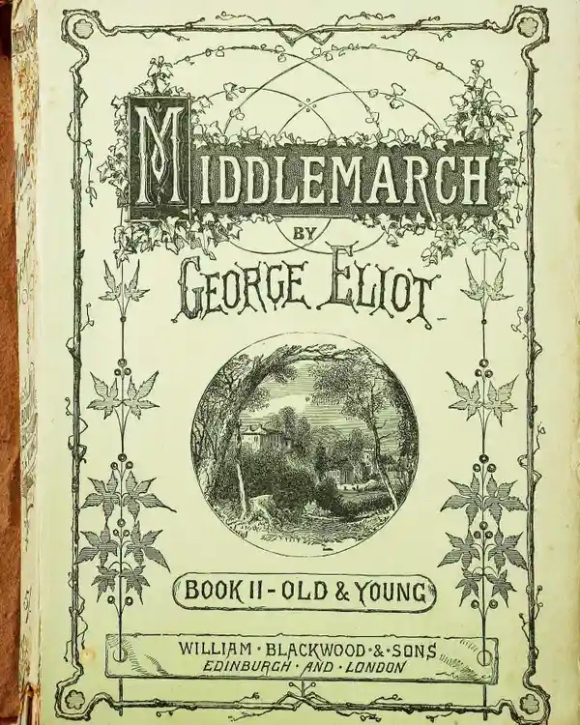
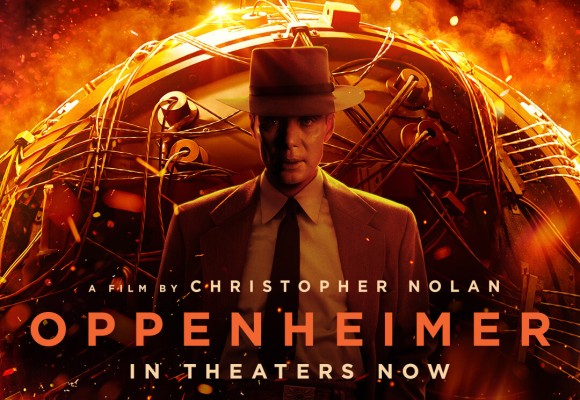
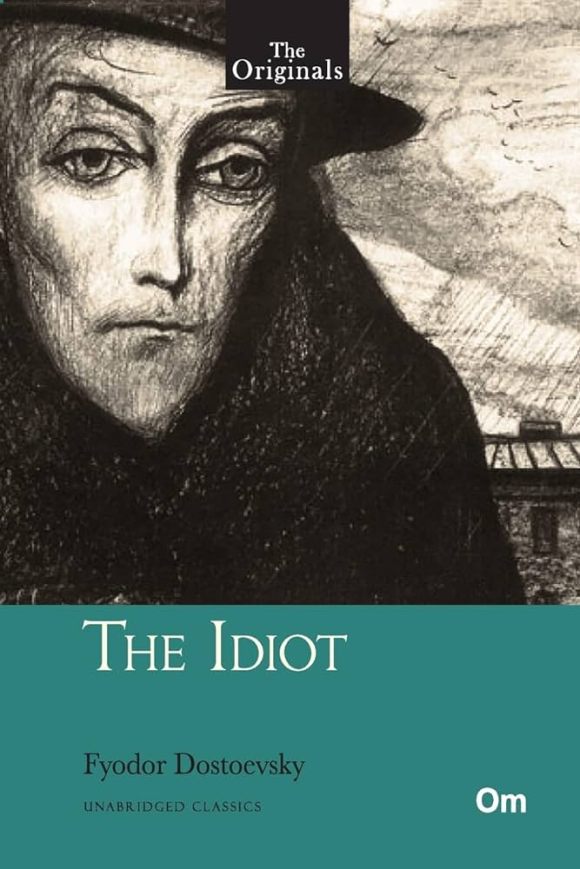
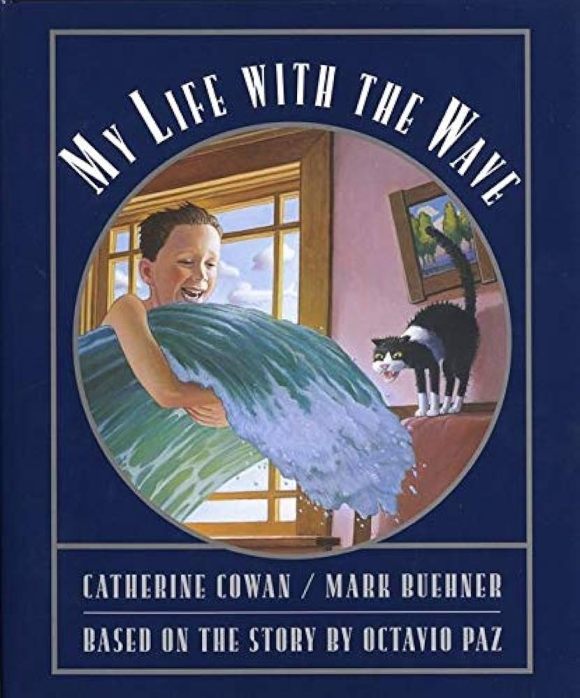
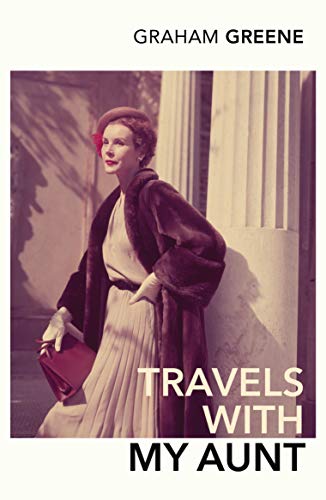
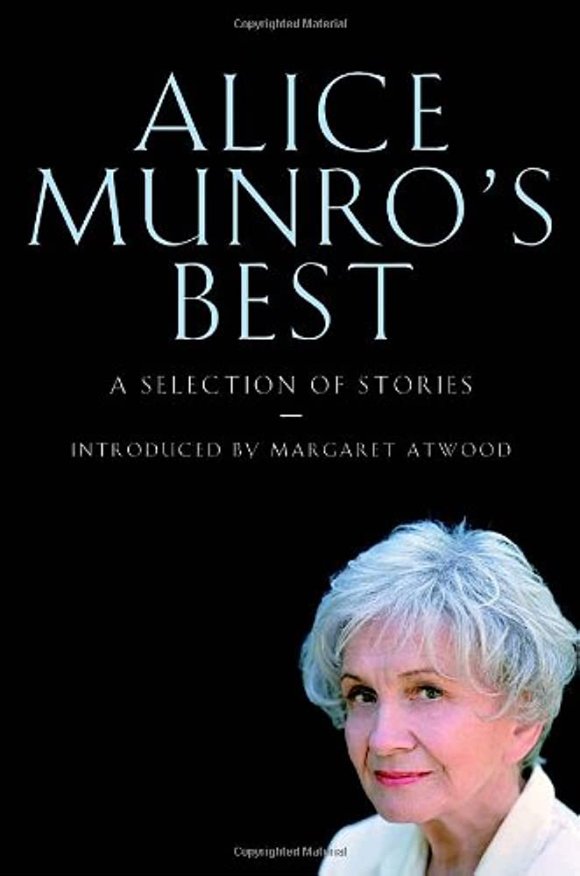




One reply on “Sketches by Boz. Charles Dickens (1836)”
[…] with in earlier novels. Dickens remains daring with his content: Drood opens in an opium den. His language is as sparkling as ever, and his humour has gentled away from the biting irony of his earlier work. […]
LikeLike